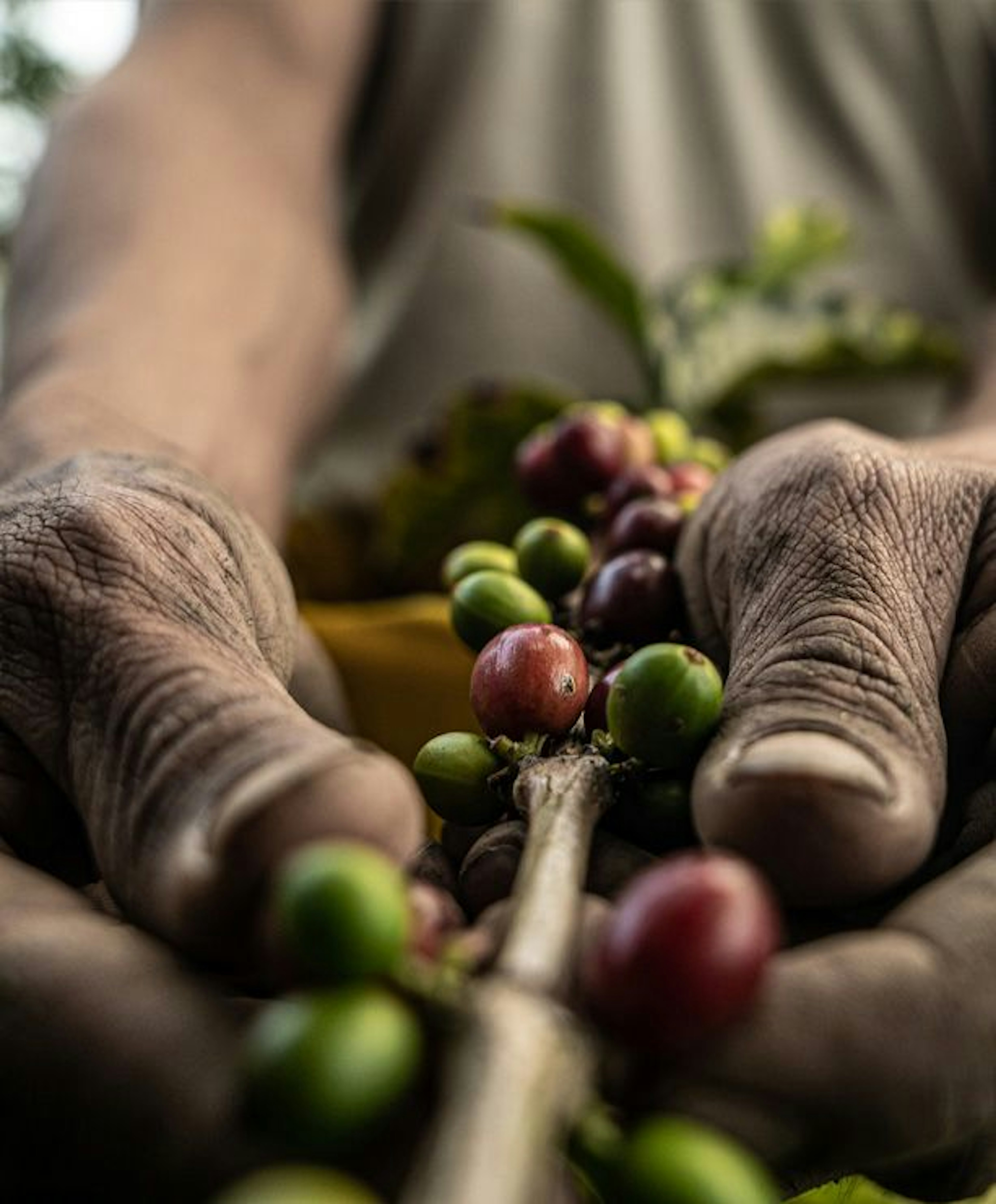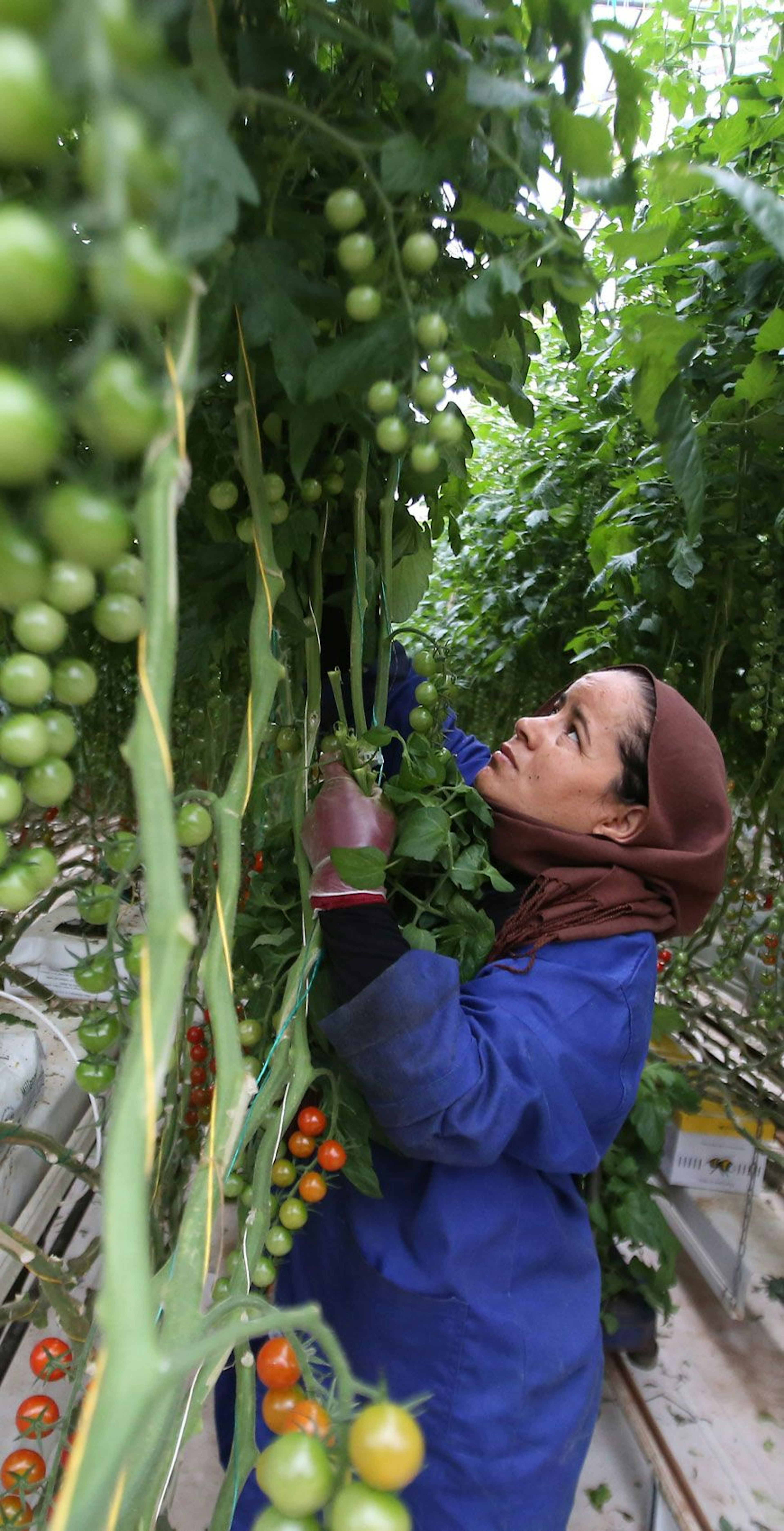About

Overview
Human rights and environmental risks and harms are widespread in global supply chains.
One of every five employed people live in poverty. Globally, 160 million children – 70 percent of them in the agricultural sector – do work that damages their health or interrupts schooling. Agriculture commands 70 percent of freshwater withdrawals globally.
The Fairtrade Risk Map depicts our current understanding of the salient human rights and environmental issues in the supply chains and geographies where we work. Information on this map will be updated on a regular basis.
Scroll down to read our motivations in creating this map and our recommendations for corporate sustainability due diligence work.

Stay updated
Sign up to receive updates as we add new information
The Map will be updated on a regular basis. You can request email notifications about updates that are relevant for you by subscribing on the commodities pages!
Key messages
This map was created to support the human rights and environmental due diligence (HREDD) efforts of our key stakeholders, including:
-
Companies and farmer cooperatives who need to identify and act on their human rights and environmental risks and adverse impacts. Please note that industry actors can utilize this map to support but not substitute their own risk assessments, which need to focus on their exact sourcing areas, business partners, purchasing practices, business model and impacts.
-
Civil society experts who work to address these risks and to monitor corporate due diligence efforts.
-
Sustainability initiatives who need to develop their own HREDD processes.
The Fairtrade Risk Map offers three key messages for the due diligence work of retailers, brands, manufacturers and traders:
-
Consider all human rights: Risk assessment needs to cover all human rights, as different risks are strongly interrelated. For example, poverty is often a key driver of child labour. This follows guidance from the UN and OECD.
-
Analyse root causes: Risk assessments must include a root cause analysis and assessment of the company’s own business model, policies and practices, because supply chain actors rely on each other. For example, downstream pricing practices often fuel poverty, child labour and other unsustainable practices at the beginning of the supply chain.
-
Engage in meaningful stakeholder dialogue: Credible risk assessment relies heavily on independent statistics and research but also on meaningful engagement with (potentially) impacted stakeholders, per OECD guidelines.

Action
Our approach
The Fairtrade Risk Map considers all human rights, includes root cause analysis, and has been produced in conjunction with a wide range of farmers, workers and external and internal experts.
Industry actors can utilise this map to identify and understand risks that are common in their field of production and location. However, the risks in specific supply chains can differ, depending on each actors' measures.
This map is the product of Fairtrade’s own human rights and environmental due diligence (HREDD) work. We believe that voluntary sustainability schemes must also undertake HREDD, and we have committed to continuous improvement of our own HREDD process in our Human Rights Commitment. In result, and in line with OECD Due Diligence guidance, this map also includes discussions about our "organisational risk factors", in addition to geographic and industry risk factors. We utilise the findings in the ongoing development of Fairtrade’s work.

Responsible conduct
No traffic lights
We do not name “highest risk countries” or present red, yellow and green countries, because risk levels vary widely within each country: They depend on the measures taken by each individual farmer cooperative and plantation – and buyers, all the way to retailing companies.
Traffic lights can also harm responsible businesses in “red countries”, if buyers start avoiding these countries.
Map View